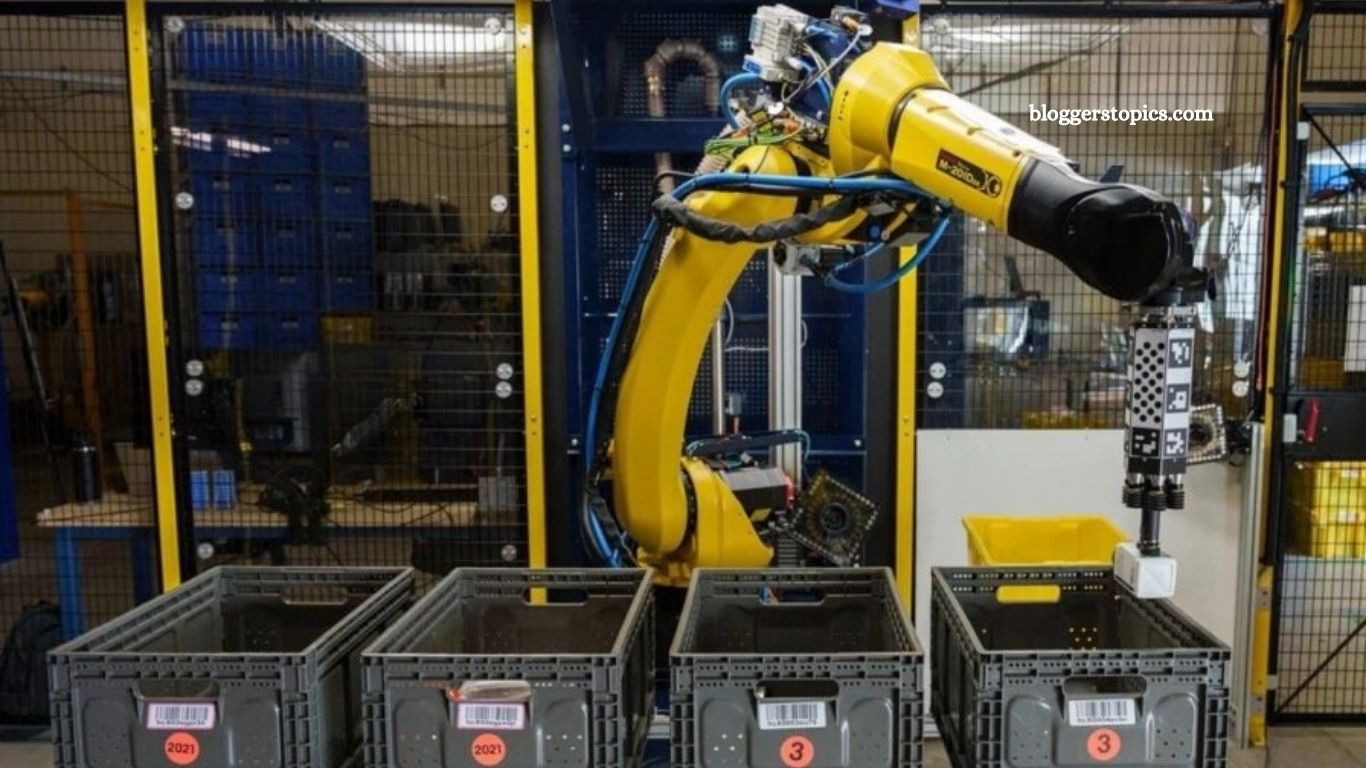The world is increasingly relying on robots to drive manufacturing, but no country has embraced industrial automation quite like China. According to the International Federation of Robotics (IFR), there are currently more than 4.6 million working industrial robots worldwide, and nearly half of them operate in China Robotic. In 2024 alone, the nation deployed close to 300,000 new robots, accounting for more than half of all global installations.
This rapid expansion highlights not only China’s technological ambitions but also its growing dominance as the world’s leading manufacturing hub. While other countries struggle with declining robot adoption rates, China continues to surge ahead reshaping industries, diversifying applications, and building a skilled workforce that can sustain its robotic revolution.
Read More: Making Your First Doctor’s Appointment: A Simple Guide
Global Robot Workforce Overview
According to the International Federation of Robotics (IFR), there are an estimated 4.66 million working industrial robots across the globe. China alone is home to over two million of them, making it the undisputed leader in robotics adoption.
In 2024, China installed nearly 300,000 new robots, accounting for 54% of all global deployments. For comparison, the United States added just 34,000 robots in the same period around one-tenth of China’s total.
Manufacturing Powerhouse Status
China’s robotic rise aligns with its role as the world’s top manufacturing hub. According to the New York Times, China now produces almost one-third of global manufacturing output, up from just 6% in 2000. Its manufacturing power now exceeds the combined output of the U.S., Germany, Japan, South Korea, and Britain.
Growth Gaps Between Nations
While China saw a 7% year-over-year increase in robot installations, other major economies fell behind:
- Japan: -4%
- United States: -9%
- South Korea: -3%
- Germany: -5%
This widening gap highlights China’s consistent focus on automation while others slow down.
Future Growth Projections
The IFR projects China’s robotics adoption to continue at 10% annual growth through 2028. Much of this expansion comes from new industries beyond traditional manufacturing.
- Key Chinese growth sectors: food & beverage, rubber & plastics, textiles
- U.S. focus: automotives and traditional manufacturing
- Humanoid Robots: A Different Story
Interestingly, China isn’t leading in humanoid robots, despite advancements in AI. According to the New York Times, this is because building a humanoid bot fully within China’s supply chain is difficult due to sensor and semiconductor limitations. Meanwhile, companies like Tesla and Boston Dynamics continue developing humanoid industrial robots, though they come with high costs.
Skilled Workforce Behind the Boom
One of the biggest enablers of China’s robot revolution is its skilled human workforce. The country has cultivated a large pool of electricians and programmers capable of installing and maintaining robotic systems.
In contrast, the United States faces a shortage of programmers, and stricter immigration policies—such as higher fees for H1-B visas—make it harder to fill these gaps with foreign talent.
Frequently Asked Questions
How many industrial robots are there in the world?
There are about 4.66 million working industrial robots globally, according to the International Federation of Robotics.
How many industrial robots are in China?
China has over two million robots, making it the world’s largest hub for industrial automation.
How does China compare to the United States in robot adoption?
In 2024, China installed 300,000 robots, while the U.S. added just 34,000, about one-tenth of China’s total.
Which industries in China are adopting robots fastest?
Beyond automotive manufacturing, growth is strong in food & beverage, rubber & plastics, and textiles.
Will China’s robotics growth continue?
Yes. The IFR projects 10% annual growth in China’s robot adoption through 2028.
Conclusion
China’s surge in industrial robotics is reshaping global manufacturing at an unprecedented scale. By deploying millions of robots and expanding into diverse industries, the country has positioned itself far ahead of international competitors. With steady growth projections, a skilled workforce, and government-backed industrial strategies, China’s lead in robotics is set to widen further in the coming years. While other nations slow down or struggle to adapt, China continues to accelerate cementing its role as the world’s automation powerhouse and redefining the future of global production.






